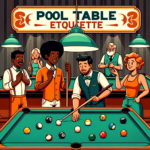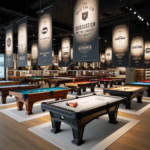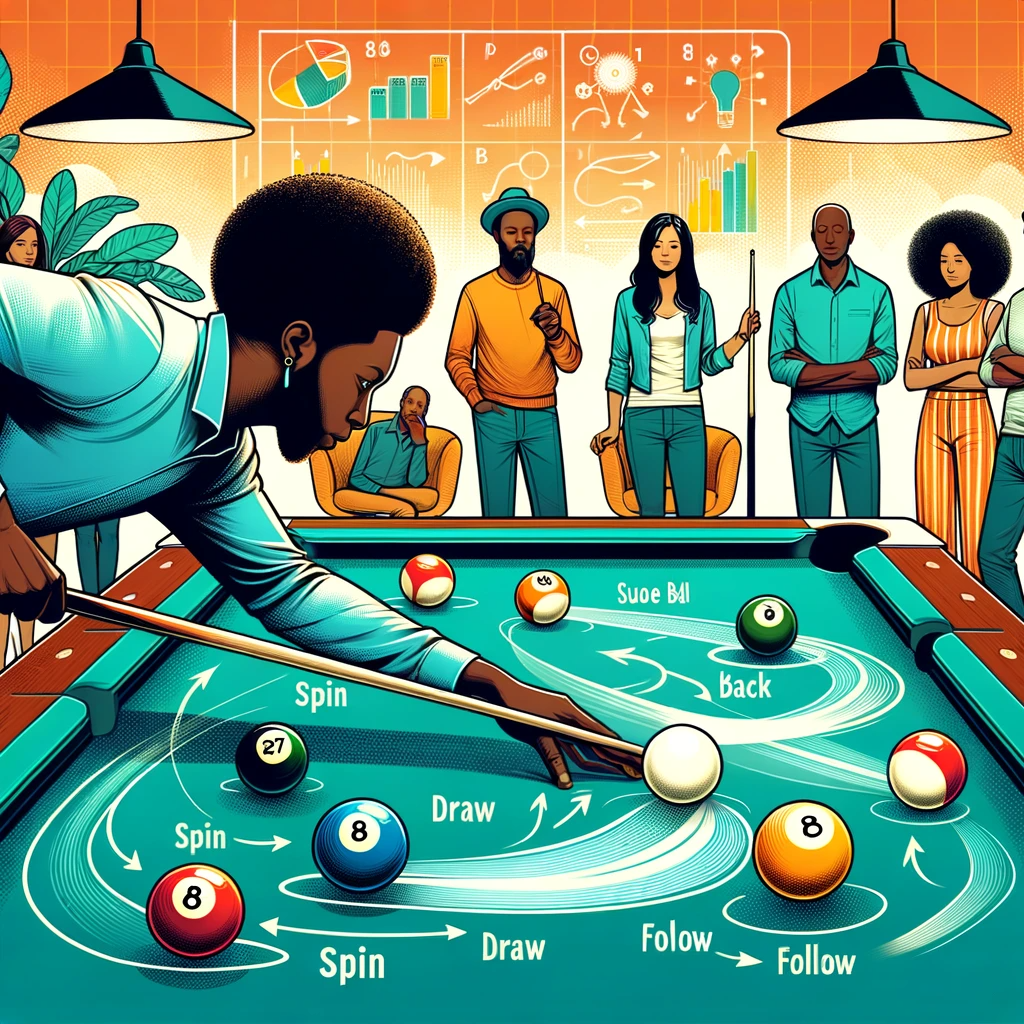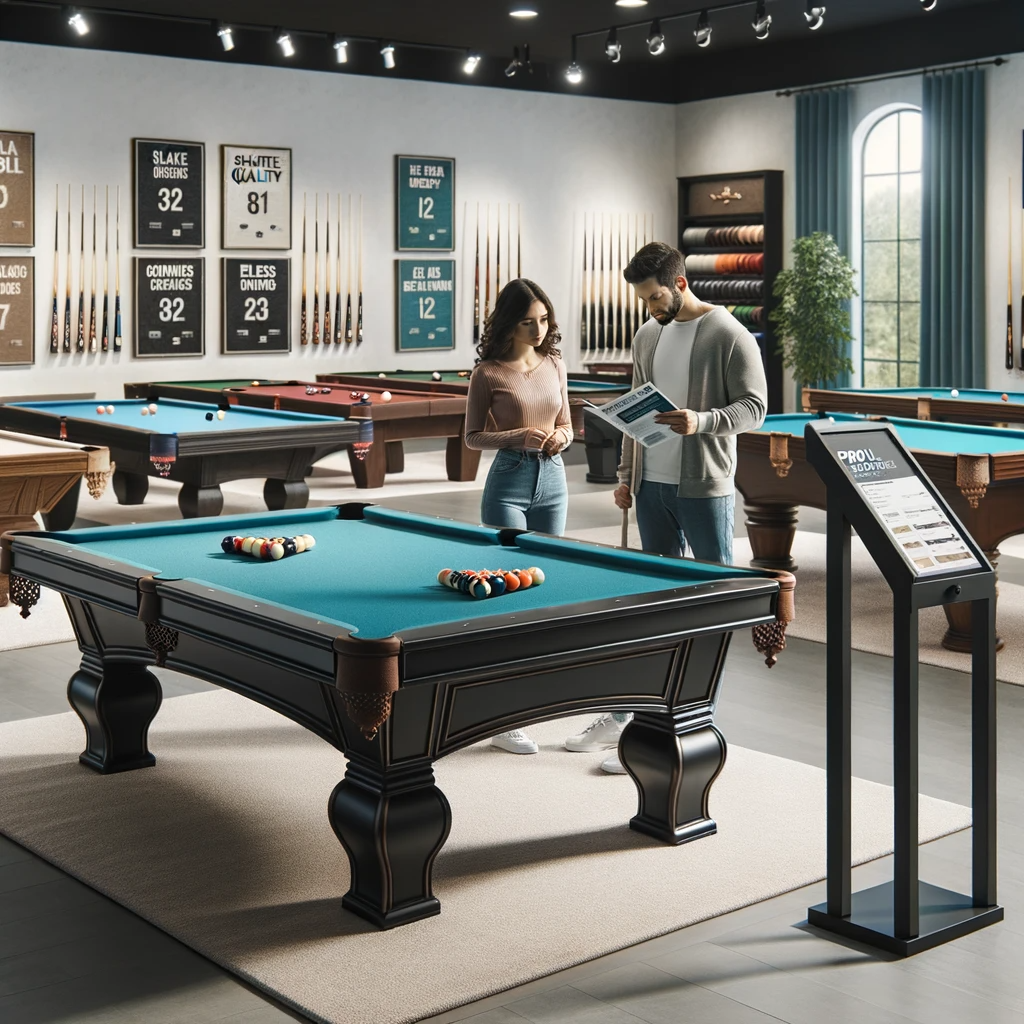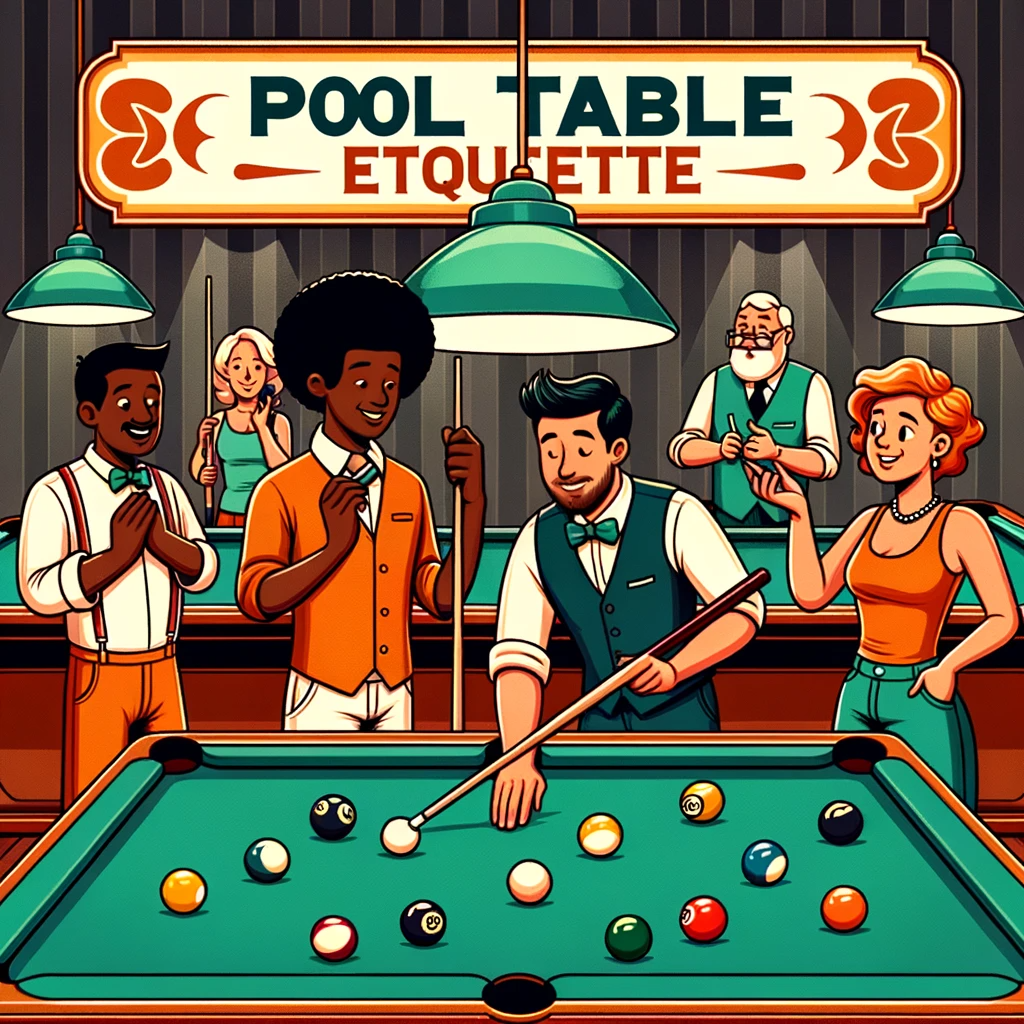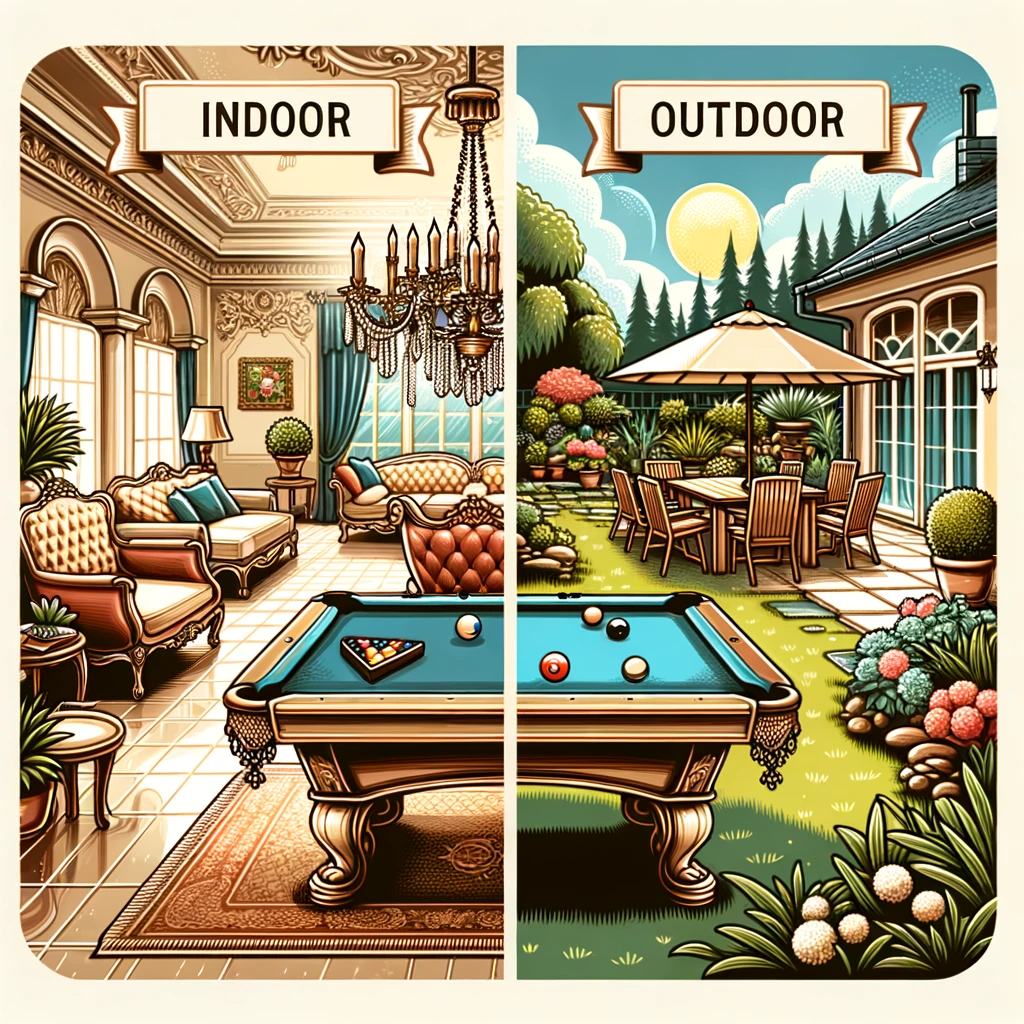Introduction
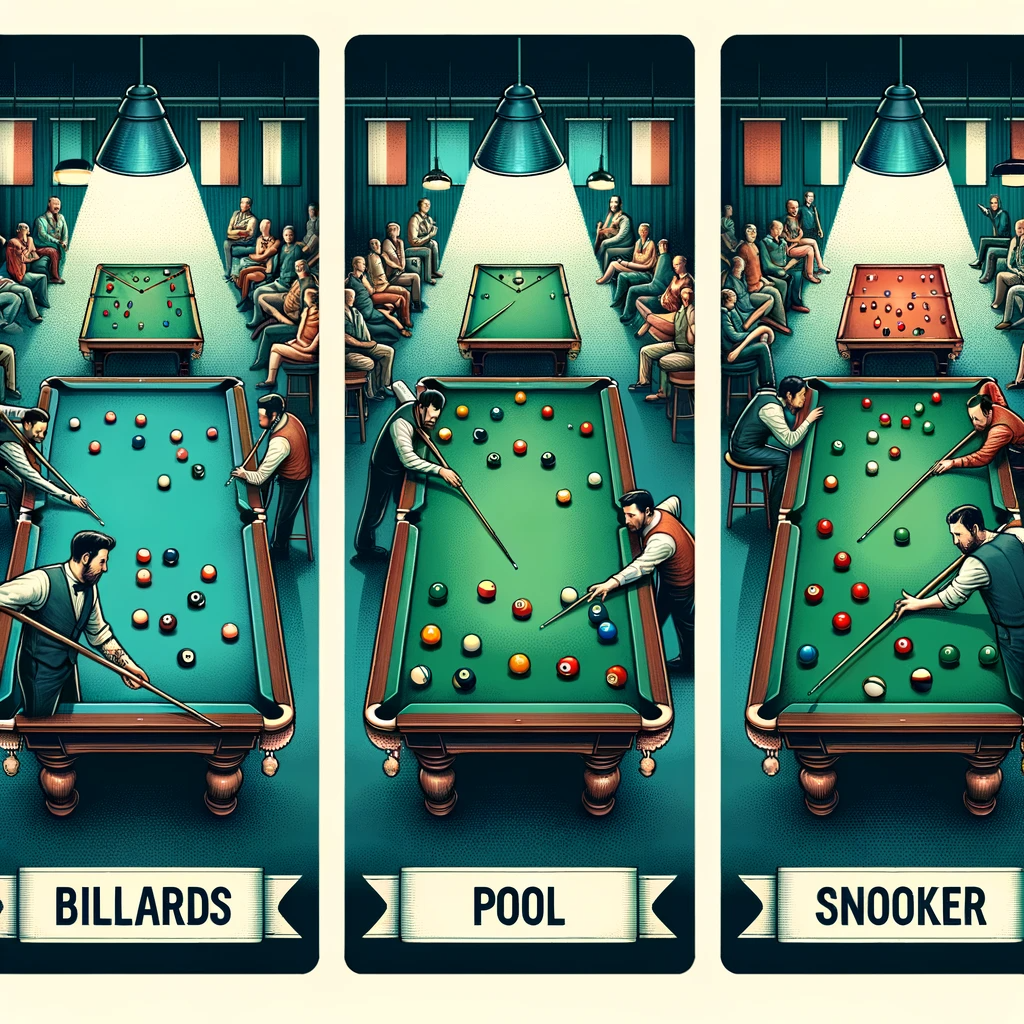
Cue sports encompass a range of games played on a billiards table with the use of a cue stick and various balls. These games require skill, strategy, and precision. Understanding the differences between billiards, pool, and snooker is crucial in order to appreciate the nuances of each game and engage in meaningful discussions within the cue sports community.
Brief overview of cue sports
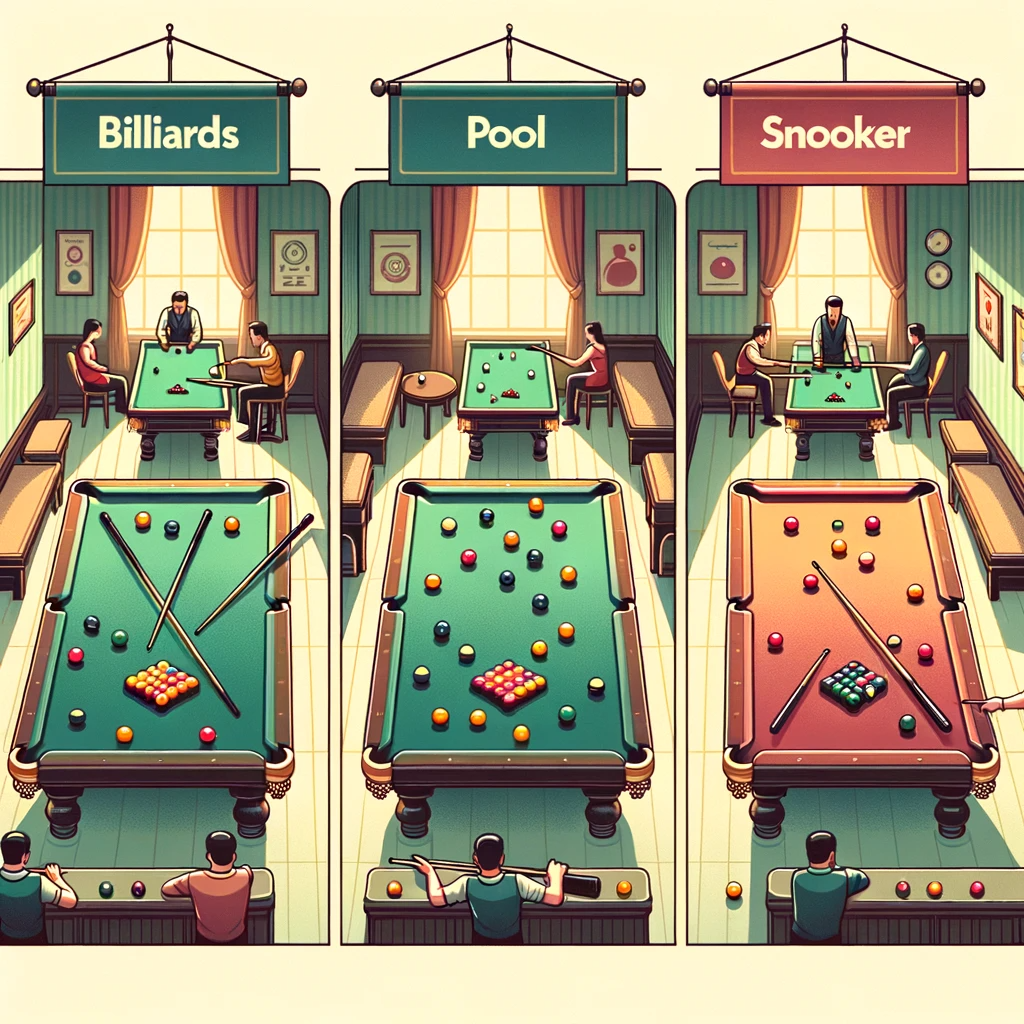
Cue sports have a rich history that dates back centuries. They were initially played outdoors on grassy lawns before transitioning to indoor tables. The evolution of these games led to the development of distinct variations with their own set of rules and strategies.
Importance of understanding the differences between billiards, pool, and snooker
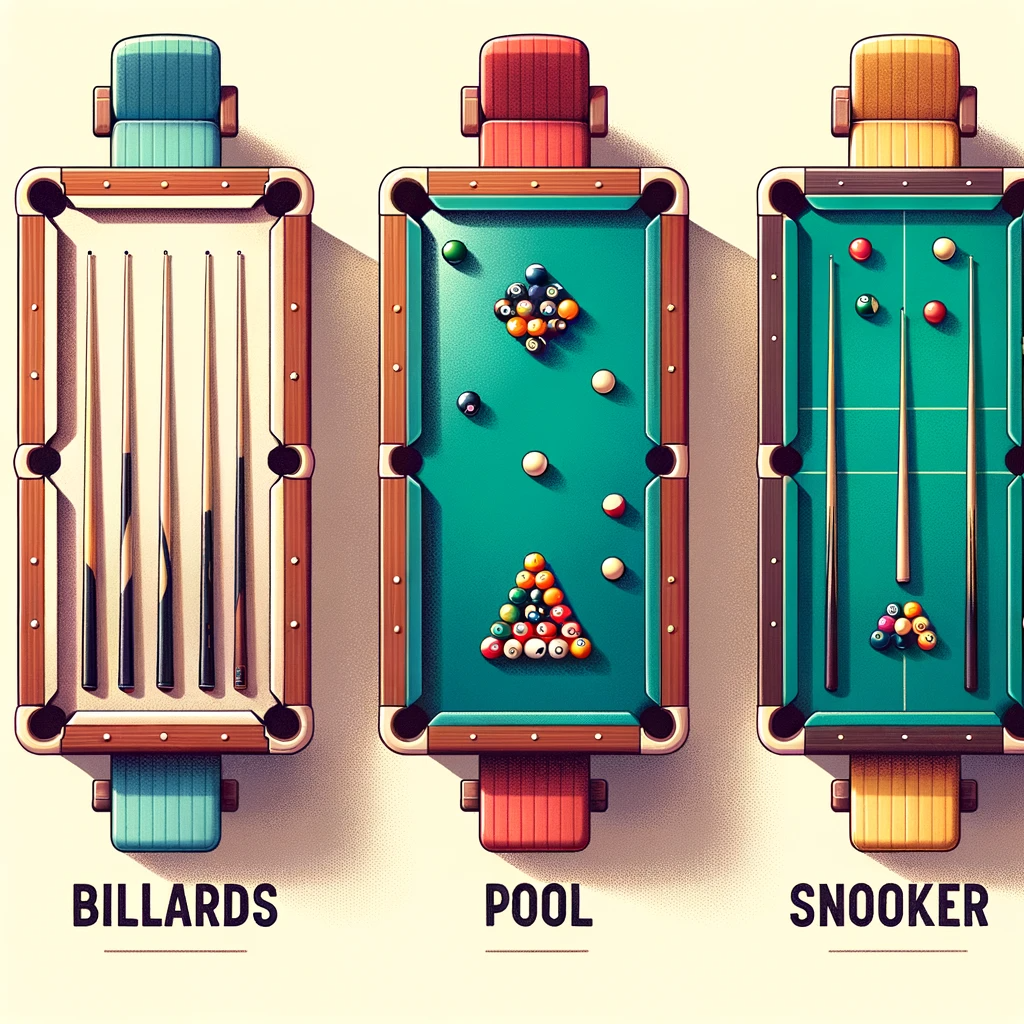
Differentiating between billiards, pool, and snooker is essential because each game has unique characteristics that set it apart from the others. Understanding these differences allows players to choose their preferred game based on personal preferences or skillsets.
It also enables enthusiasts to engage in informed discussions about technique, strategy, and historical significance within the diverse world of cue sports. Furthermore, grasping these distinctions promotes a deeper appreciation for each game’s heritage and impact on popular culture.
Billiards
Historical Background
Billiards originated in medieval Europe, evolving from outdoor lawn games. It transitioned to indoor tables during the 15th century, gaining popularity among the nobility and upper classes.
The game’s development can be traced back to various precursors in different regions, including the Italian games of ground billiards and bocce-like games played on grass. Over time, these early forms of billiards transformed into more refined indoor games.
Gameplay and Rules
The objective of billiards is to score points by hitting balls with a cue ball into pockets or against cushions. This is achieved through a combination of precise ball control, strategic shot selection, and expert positioning. Billiards encompasses various game variations such as carom billiards, three-cushion billiards, and English billiards.
In carom billiards, players aim to strike both object balls without pocketing them; instead, they must make their cue ball contact three or four cushions before hitting another ball. Three-cushion billiards involves striking the cue ball so that it makes contact with at least three cushions before striking an object ball.
Table and Equipment Characteristics
Billiard tables come in different sizes and dimensions depending on the specific variation being played. For example, English billiard tables are larger than American-style ones. These tables typically have a slate bed covered with a special cloth material designed for smooth rolling of balls without excessive friction.
The cushion types can also vary among different table designs, affecting the angle at which balls rebound off them during gameplay. These unique features contribute to the distinct playing experience offered by the game of billiards overall.
Pool (Pocket Billiards)
Origins and Development
Tracing back to the early days of billiards in Europe, pocket billiards emerged as a distinct cue sport. It gained popularity during the late 19th century, especially in America.
The game evolved from its predecessors, such as carom billiards and pyramid pool, incorporating elements from various European indoor ball games. With the advent of smaller tables and the introduction of pocketed rails, pocket billiards took on its recognizable form.
Gameplay and Rules
The objective in pocket billiards is to pocket specific numbered balls using a cue ball. The most popular variant is eight-ball, where players aim to pocket all solids or stripes before potting the black eight-ball to win. Another common variant is nine-ball, which involves using only nine numbered balls in sequential order for scoring.
In straight pool, players aim to reach a predetermined point target by potting any ball on each shot while maintaining a continuous inning at the table. There are also other variants like ten-ball that have their own unique rules and challenges.
Table and Equipment Characteristics
Pool tables are typically smaller than those used in traditional billiards but larger than snooker tables. The dimensions vary across different variants and playing styles within pocket billiards. The cloth used on pool tables is often faster compared to traditional billiard cloth, allowing for faster gameplay with more responsive ball movement.
Furthermore, pockets in pool tables are generally larger compared to snooker pockets since this accommodates the larger balls used in pocket billiards games. Pool or pocket billiards has its own distinct history within cue sports.
It originated from earlier forms of indoor ball games during medieval Europe but found widespread popularity during the late 19th century in America. With diverse gameplay options like eight-ball and nine-ball, along with unique table and equipment characteristics, pocket billiards has become an engaging and widely enjoyed cue sport around the world.
Snooker
Historical Background
Snooker evolved from outdoor croquet-like games. Snooker originated during the latter half of the 19th century in British colonies. It began as an outdoor game played on grass, similar to croquet, but with added elements of billiards.
The game’s development was influenced by British Army officers stationed in India who sought a sport that could be played during monsoons when outdoor activities were not feasible. They adapted the existing games to create “snooker,” which later became immensely popular in England and worldwide.
The word “snooker” itself is believed to be derived from slang for inexperienced military cadets or rookies, referencing their lack of skill on the billiards table. The game gained prominence and attracted significant attention in Britain due to its strategic and technical demands, eventually leading to the establishment of formalized rules and organized competitions.
The Evolution from Outdoor Croquet-Like Games
Snooker evolved from earlier outdoor games that combined elements of croquet and billiards. Initially, snooker was played on grass using various obstacles like arches or hoops as targets. Players would navigate their way through these obstacles while trying to pot balls into pockets placed at different locations on the lawn.
Over time, this outdoor format transformed into an indoor table-based game that we now recognize as snooker. By adapting elements from billiards such as pocketed tables, cues, and colored balls, snooker transitioned into a more refined form of cue sport.
The gameplay shifted focus towards potting specific colored balls in a particular sequence while following strict rules governing fouls and points scoring system. The evolution also involved modifications in equipment like table dimensions, cloth type (often referred to as baize), cushion characteristics (including rubber cushions), pocket sizes (narrow compared to pool), and the introduction of additional balls (red, colored, and cue ball).
Conclusion
The journey of snooker from its outdoor roots to becoming a popular indoor cue sport is a testament to human innovation and adaptability. Its evolution showcases how simple leisure activities can transform into complex games with strategic depth. Snooker has captured the imagination of people worldwide, providing countless hours of entertainment and competition.
In today’s context, snooker continues to thrive as a professional sport with major tournaments attracting top players from around the globe. Its unique attributes, such as precise shot-making, tactical decision-making, and exceptional skill requirements, make it a captivating experience for both players and spectators alike.
Whether you are an avid player or an admirer of cue sports, exploring the rich history and evolution of snooker opens up a world of appreciation for this remarkable game. Embracing its legacy while embracing future innovations is key to keeping snooker vibrant and ensuring its enduring popularity in generations to come.


